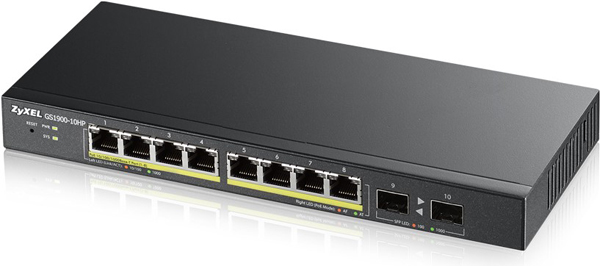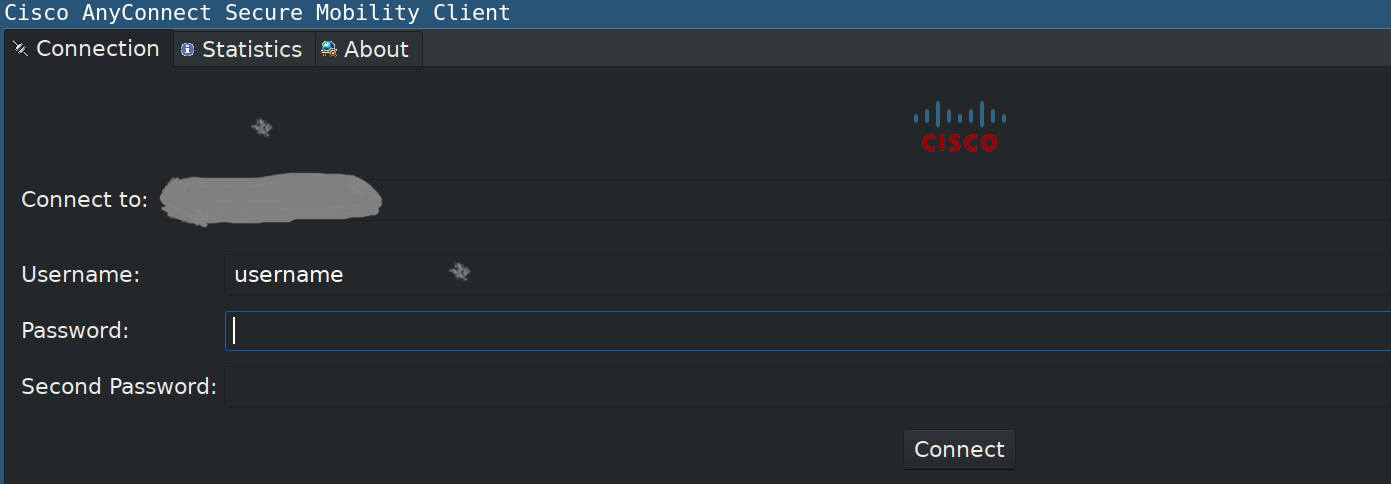Follow me Hi All, this document deals with how to install the Cisco VPN client on Ubuntu. Cisco VPN client for Ubuntu enables you to connect the Cisco VPN server and access the secured servers or applications. Step 1: Download the Cisco VPN client from the below link. Ubuntu OS 16.04.1 LTS. SSL VPN Client Client Ver: Cisco AnyConnect VPN Agent for Linux 4.6.03049 Bytes Tx: 6378 Bytes Rx: 59. Yesterday, I finally managed to install Cisco VPN client for Linux on my main home workstation, running Ubuntu 10.04. Though, I'm still troubleshooting connection issue with our service provider, I believe I'm one step further of true, Windows free workstation running on ASROCK mini. OpenConnect is a client for Cisco’s AnyConnect VPN. It is free software, and is released under the GNU LGPL v2.1. Getting connected to an AnyConnect VPN is easy with OpenConnect and the TUN/TAP kernel module that is built into the Linux kernel. First run command below to active th TUN module: sudo /sbin/modprobe tun. Install OpenConnect.
Topics Map > Networking > Virtual Private Networking (VPN)This page contains links to download and installation instructions for VPN software for Linux.
University of Illinois students, faculty, and staff can use these directions to set up some Linux computers or devices to connect to the Virtual Private Network (VPN).
Cisco-supported Versions

Some versions of Red Hat Linux and Ubuntu are compatible with the Cisco AnyConnect VPN client. See the AnyConnect 4.8 Release Notes for a detailed listing of which versions and features are supported.
Downloading the VPN software
From the WebStore, download the VPN software that applies to your system's hardware (only 64 bit is supported in the 4.x software).

Cisco Vpn Client Ubuntu Download
If you are using Ubuntu, you may also need to install the OpenConnect Network Manager in order to make the GUI work correctly:
for Ubuntu 16 try:

for older versions of Ubuntu, this command might be needed.
The information below has been modeled on the University of California at Irvine instructions provided at:
Additional troubleshooting tips are available there.
Red Hat Linux
As root, first unzip and untar the file, then run the vpn_install shell script. [Note the file name and directory name will change as the version changes. The example below was from version 4.3.05017.]
The vpn client will be installed on your system and the vpnagentd process will be started. This process will be started each time your system is booted.
Starting the VPN client
To start the VPN client:
Command line:
In a terminal window, type/opt/cisco/anyconnect/bin/vpnuiGnome user interface:
Look for Cisco AnyConnect in the menu system.- Fedora:
Look in Applications -> Internet
The Connect to: box appears.
- Enter vpn.illinois.edu and press return.

When the connection begins, enter the following:
- Group menu: Select 1_SplitTunnel_Default
(Note: This is the most common choice. See About VPN Profiles for information about the alternatives, such as Tunnel All for access to library resources.) - Username: Your NetID
(or, if you're a guest, your guest ID) - Password: Your Active Directory password
(or, if you're a guest, your guest password)
In the box that appears, click Accept.
You are now ready to use your VPN connection.
Ubuntu
A good source to help with this: http://www.socsci.uci.edu/~jstern/uci_vpn_ubuntu/
First, extract the files and install as root:
Accept the license agreement when prompted.
Then install the Ubuntu Network Manager plugins (note, even with this package Ubuntu 16 does not support the GUI interface: see https://askubuntu.com/questions/760864/no-more-anyconnect-compatible-vpn-transport-in-ubuntu-16-04 for more information):
To configure the VPN using the Network Manager:
- Click on the 'Network Manager' icon in your System Tray on your desktop.
- In the menu that appears, go to VPN Connections -> Configure VPN
- Click Add.
- Choose Cisco AnyConnect Compatible VPN (openconnect) and click Create.
- Enter the following information:
- Connection name: Tech Services VPN
- Gateway: vpn.illinois.edu
- User name: Leave blank at this point.
- Click Save.
Starting the VPN client

- Click on the 'Network Manager' icon in your System Tray on your desktop.
- In the menu that appears, go to VPN Connections and click Tech Services VPN.
- Click on the connection icon (two screens).
- Enter the following information:
- Group menu: Select 1_SplitTunnel_Default
(Note: This is the most common choice. See About VPN Profiles for information about the alternatives.) - Username: Your NetID
(or, if you're a guest, your guest ID) - Password: Your Active Directory password
(or, if you're a guest, your guest password)
- Group menu: Select 1_SplitTunnel_Default
- Click Login.
Cisco Anyconnect Vpn Client Download
sudo service network-manager restart
sudo service networking restart
Disconnecting the VPN client
- Click on the 'Network Manager' icon in your System Tray on your desktop.
- Go to VPN Connections -> Disconnect VPN.
Compass 2g, Google Apps @ Illinois, U of I Box, Kaltura. What does these have in common? None of them require a connection via the Virtual Private Network (VPN). To see a more through list of times when you may or may not need to use the VPN, visit the VPN Essentials page.
The links on this page will take you to Knowledge Base articles that will walk you through setting up the VPN on your computer or device. Please follow the link that matches your operating system. The Knowledge Base article will have a link to download the VPN client for your operating system, as well as step-by-step instructions for configuring your VPN client.
Windows
Apple
OS X (current client supports 10.13 and above)
Android
Linux/Unix
Other Operating Systems
